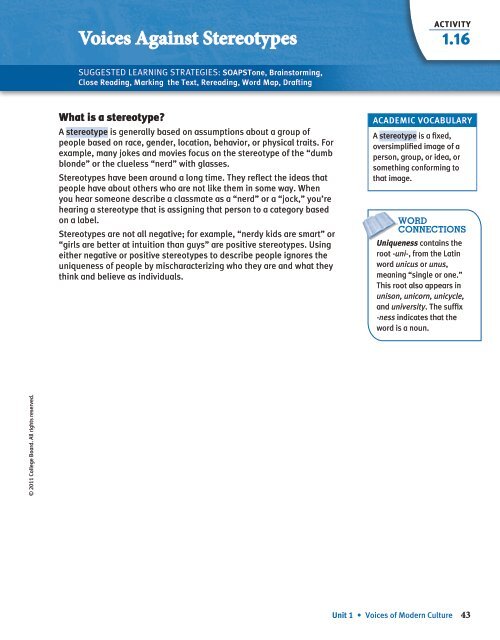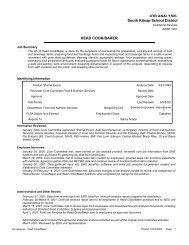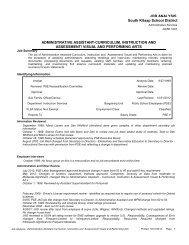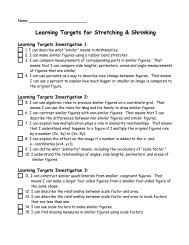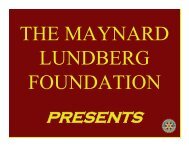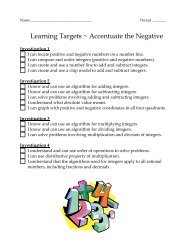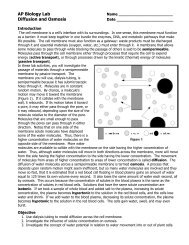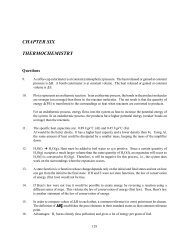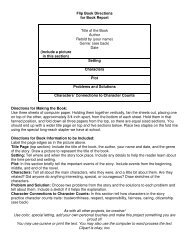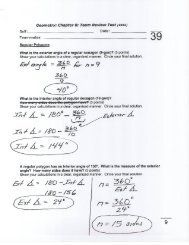Voices of Modern Culture
Voices of Modern Culture
Voices of Modern Culture
Create successful ePaper yourself
Turn your PDF publications into a flip-book with our unique Google optimized e-Paper software.
<strong>Voices</strong> Against StereotypesActivity1.16SUGGESTED Learning Strategies: SOAPSTone, Brainstorming,Close Reading, Marking the Text, Rereading, Word Map, DraftingWhat is a stereotype?A stereotype is generally based on assumptions about a group <strong>of</strong>people based on race, gender, location, behavior, or physical traits. Forexample, many jokes and movies focus on the stereotype <strong>of</strong> the “dumbblonde” or the clueless “nerd” with glasses.Stereotypes have been around a long time. They reflect the ideas thatpeople have about others who are not like them in some way. Whenyou hear someone describe a classmate as a “nerd” or a “jock,” you’rehearing a stereotype that is assigning that person to a category basedon a label.Stereotypes are not all negative; for example, “nerdy kids are smart” or“girls are better at intuition than guys” are positive stereotypes. Usingeither negative or positive stereotypes to describe people ignores theuniqueness <strong>of</strong> people by mischaracterizing who they are and what theythink and believe as individuals.Academic VocaBularyA stereotype is a fixed,oversimplified image <strong>of</strong> aperson, group, or idea, orsomething conforming tothat image.WordConnectionsUniqueness contains theroot -uni-, from the Latinword unicus or unus,meaning “single or one.”This root also appears inunison, unicorn, unicycle,and university. The suffix-ness indicates that theword is a noun.© 2011 College Board. All rights reserved.unit 1 • <strong>Voices</strong> <strong>of</strong> <strong>Modern</strong> <strong>Culture</strong> 43


